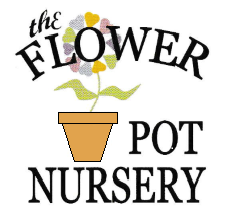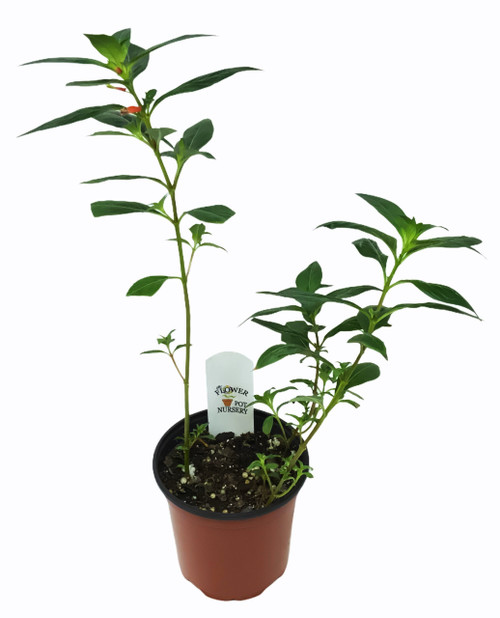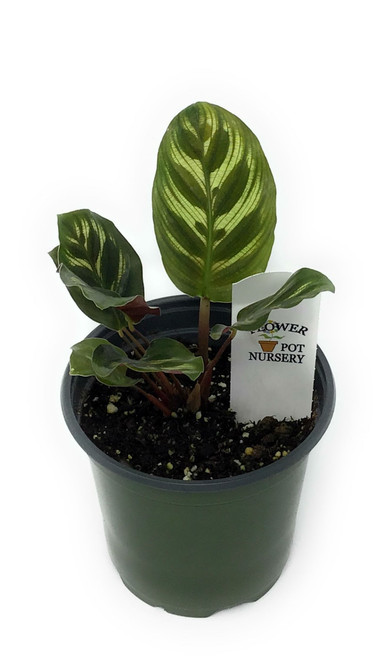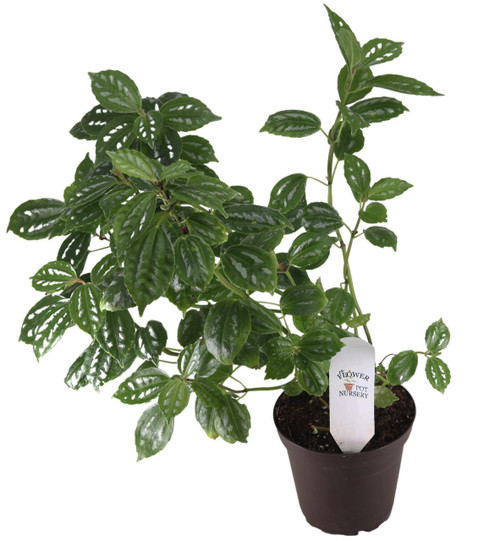Crassula ovata, commonly known as jade plant, lucky plant, money plant or money tree, is a succulent plant with small pink or white flowers that is native to the KwaZulu-Natal and Eastern Cape provinces of South Africa, and Mozambique; it is common as a houseplant worldwide. Much of its popularity stems from the low levels of care needed; the jade plant requires little water and can survive in most indoor conditions. It is sometimes referred to as the money tree; however, Pachira aquatica also has this nickname.
The jade plant is an evergreen with thick branches. It has thick, shiny, smooth leaves that grow in opposing pairs along the branches. Leaves are a rich jade green, although some may appear to be more of a yellow-green. Some varieties may develop a red tinge on the edges of leaves when exposed to high levels of sunlight. New stem growth is the same colour and texture as the leaves, becoming woody and brown with age.
It grows as an upright, rounded, thick-stemmed, strongly branched shrub and reaches stature heights of up to 2.5 metres. The base is usually sparsely branched. Sometimes a single main trunk of up to 6 centimetres in diameter is formed. The succulent shoots are gray-green. The bark of older branches peels off in horizontal, brownish stripes.
The oppositely arranged, ascending to spreading, green leaves are stalked with up to 5 millimetres short. The fleshy, bare, obovate, wedge-shaped leaf blade is 3 to 9 centimetres long and 1.8 to 4 centimetres wide. The sharp-edged leaf margins are often reddish.
Numerous varieties and cultivars have been selected, of which C. ovata 'Hummel's Sunset' has gained the Royal Horticultural Society's Award of Garden Merit.
Give credit where credit is due: Wikipedia 2020










